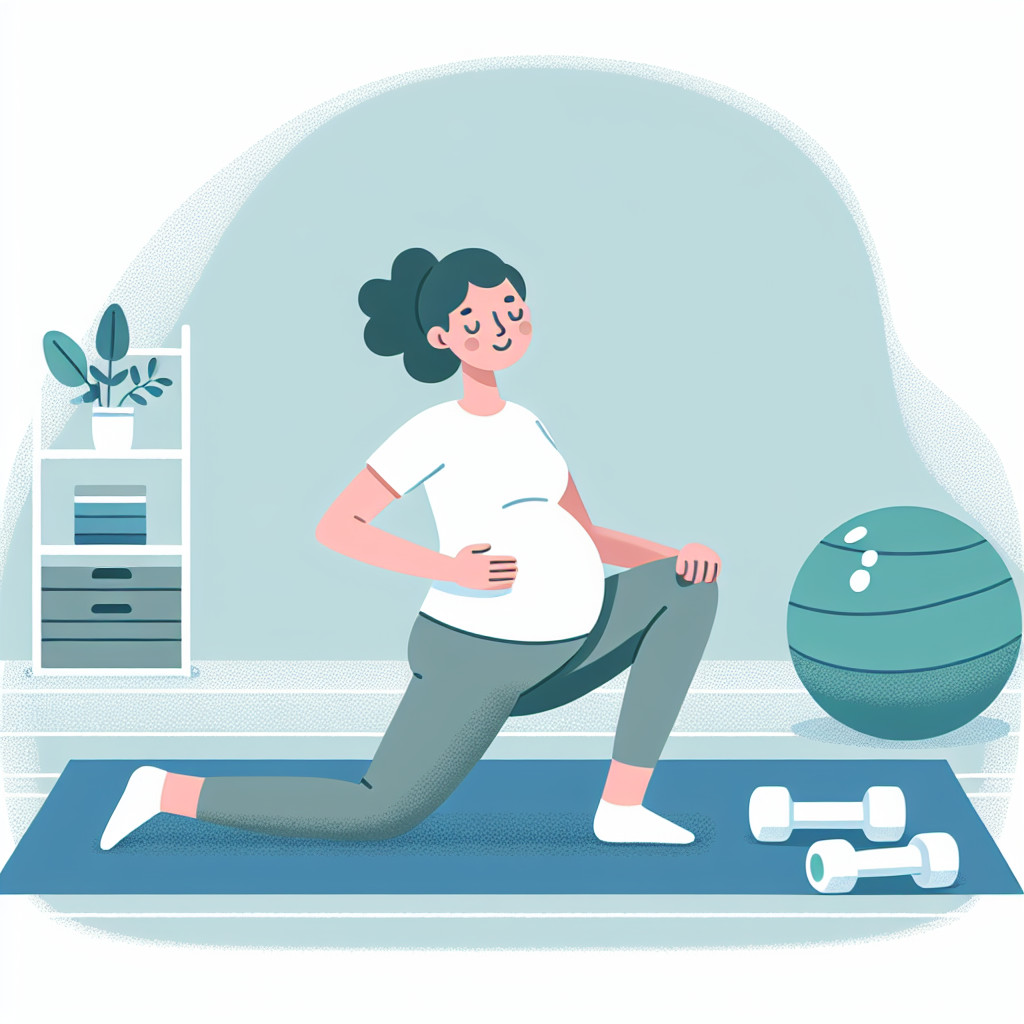Embarking on the journey of motherhood is nothing short of a miracle, and maintaining a healthy lifestyle throughout this special time is paramount. Pregnancy fitness centers around tailor-made exercises that not only ensure the well-being of the expectant mother but also the developing baby. Prenatal workouts, when done right, can alleviate common pregnancy discomforts, improve sleep, and boost overall mood. While the thought of home workouts during pregnancy might seem daunting, they can actually offer a safe haven to stay fit within the comfort of your home. So, let’s dive right in and explore how you can keep active and agile with simple yet effective home workouts designed specifically for each trimester.
Introduction to Pregnancy Fitness
Keeping fit during pregnancy isn’t just about staying in shape; it’s about preparing your body for the demands of labor and motherhood. Engaging in gentle, pregnancy-appropriate exercises can help you manage weight, reduce pregnancy-related aches, and increase stamina. However, it’s crucial to strike a balance and listen to your body, recognizing that it’s undergoing monumental changes. Before you jump into any sort of fitness routine, get the green light from your healthcare provider and remember, safety always takes center stage.

Setting Up for Success: Home Workout Essentials
- Designating Your Workout Space: Choose a spot at home that’s airy, spacious, and free from obstacles. This will be your safe zone where you can move freely and comfortably.
- What You’ll Need: Essential gear includes a yoga mat for grip during stretches and exercises, comfortable clothing, supportive shoes (if required), and water bottles to stay hydrated.
- When to Workout: Consistency is key, so schedule your workouts when you feel at your best, whether that’s morning or afternoon. Aim for moderate activity most days of the week.
First Trimester: Gentle Beginnings
In the initial weeks of pregnancy, your body is still adjusting to its new state. Begin with gentle exercises tailored to your current fitness level. Focus on low-impact activities like walking or swimming that help manage fatigue without exacerbating morning sickness. At this stage, it’s more about maintaining fitness rather than pushing boundaries.
Second Trimester: Building Strength and Endurance
As you sail into the second trimester, you may notice an increase in energy. This is a great time to incorporate more structured workouts like light cardio and strength training into your routine, always ensuring core stability. Low-impact aerobics and targeted exercises using bodyweight or light dumbbells can fortify your body for the coming months.
Third Trimester: Maintaining Mobility and Comfort
The home stretch calls for modifications in your exercise routine that accommodate your growing belly and shifting center of gravity. It’s crucial to focus on maintaining mobility, with an extra emphasis on stretching and flexibility exercises. However, it’s equally important to balance activity with adequate rest to keep you and the baby healthy.
The Do’s and Don’ts of Pregnancy Workouts
- Common Mistakes to Avoid: Overexerting, ignoring discomfort, and engaging in high-impact or high-risk activities can all be detrimental. Steer clear of exercises that involve heavy lifting or lying flat on your back after the first trimester.
- Warning Signs: If you experience dizziness, shortness of breath, or any pain, it’s time to slow down and consult your doctor.
Yoga and Pilates for the Expectant Mother
Yoga and Pilates can be the perfect companions for expectant mothers, offering stretches and exercises that emphasize breathing, strength, and flexibility. Get acquainted with prenatal yoga sequences and Pilates moves designed specifically for the needs of pregnant women. These workouts not only keep the body toned but also prepare the mind for the birthing process.
Staying Motivated: Tips and Tricks
Staying motivated to stick with your fitness regime can be a tough nut to crack, especially as your body changes. Set achievable goals and track your progress. Engage with a community of fellow moms-to-be, either in your local area or through online forums, to share experiences and get the encouragement you need.
After the Bump: Transitioning to Postpartum Fitness
Once your little one arrives, it’s important to ease back into exercise. Your body needs time to recover from childbirth. When you’re ready and with your doctor’s approval, you can gradually reintroduce gentle exercises, including walking with your baby in the stroller and postpartum-specific workouts.
Frequently Asked Questions (FAQs) About Pregnancy Fitness at Home
Can I start a home workout routine if I haven’t exercised much before pregnancy?
Yes, you can start a home workout routine during pregnancy even if you weren’t very active previously. However, it’s important to begin with low-impact, gentle exercises and to consult your healthcare provider before starting any new fitness regimen.
How long should my workout sessions be?
During pregnancy, aim for at least 150 minutes of moderate exercise per week, which can be broken down into shorter, more manageable sessions. Listen to your body and take breaks as needed.
Are there specific exercises I should avoid while pregnant?
Yes, exercises that pose a high risk of falling, abdominal trauma, or those that require intense jumping, bouncing, or running should be avoided. Also, skip workouts that involve lying flat on your back or that might strain your abdominal area.
